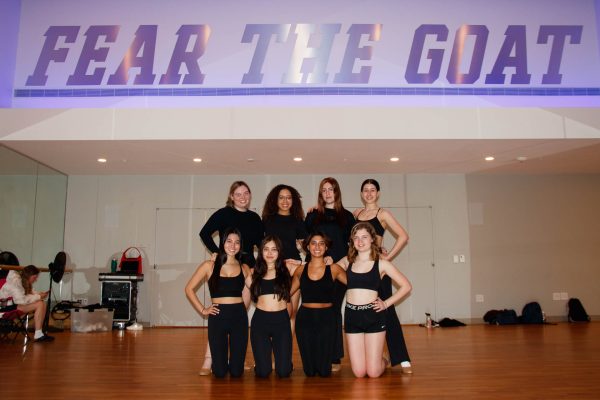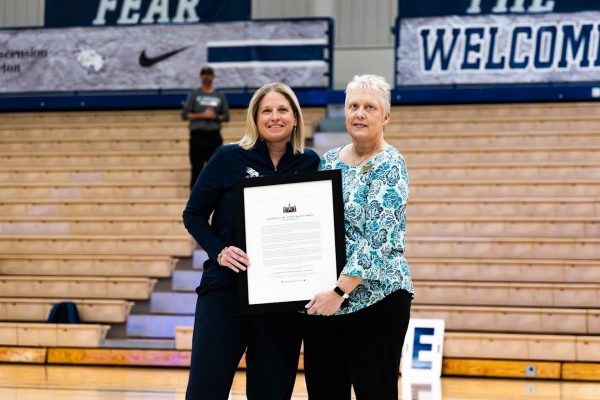Golf stuck in bunker, thousands are leaving game
It seems like the whole world of golf is stuck in the bunker these days.
Although the sport has typically been a popular recreational activity through TopGolf and putt-putt, golf appears to be suffering a decline on both the casual and professional level.
According to the National Golf Foundation, the industry is currently going through a rough patch, as nearly 400,000 players left the sport just last year.
This plummet has also affected the market, as first- quarter golf sales missed Dick’s Sporting Goods’ target by about $34 million last year. TaylorMade, the Adidas AG-owned brand, also reported a first-quarter sales drop, by 34 percent.
The number of golf courses has also experienced a tumble. Only 14 new courses were built in the US last year while almost 160 were shut down, marking the eighth consecutive year that more courses closed rather than opened.
Cost plays a large role in this, as a five-hour round of golf can cost players up to $100. The size of these courses can also be expensive to maintain, with the length of many holes being extended over the years.
Fortunately, these closures have not affected the St. Edward’s golf teams, as men’s coach Todd Ohlmeyer has seen minimal impact in the Austin area.
“That has not happened here in Austin,” Ohlmeyer said. “But I came here from Myrtle Beach (South Carolina), where a number of courses were shutting down.”
Collegiate golf appears to be an exception to the rule, though, as the sport continues to lose its appeal to the younger demographic. According to Bloomberg Magazine, roughly 200,000 players under the age 35 left the game last year.
“Everybody is hooked up to their handhelds, so it is social networking instead of sports,” Gerald Celente, publisher of the Trends Journal, said. “The millennial youth would rather play a quicker game than spend hours chasing a small ball.”
At a junior level, however, players insist the game of golf remains strong.
“I do not really believe in golf’s decline because of the lack of people playing in general,” St. Edward’s golfer Dillon Van Essen said.
“From what I have observed from junior events, the game is actually becoming more popular at a younger age; it’s no longer an ‘old man’s sport,’ but now more and more youth are playing today,” he said.
Ohlmeyer agrees with this assessment. He believes that the general decline of golf on a more global level does not have a particularly dramatic impact on the golf community at St. Edward’s.
“We are recruiting athletes who are among the best in golf,” Ohlmeyer said. “While there may be a decrease in golf, I do not really see that being the case in junior golf.”
The Hilltoppers’ recent performances are indicative of this talent level, as the men’s team placed seventh at Yale University’s MacDonald Cup earlier this month.
“More and more high school kids are getting into the game,” Van Essen said. “Many look to play at collegiate level, and each year there are more tournaments and a higher number of participants.”
















